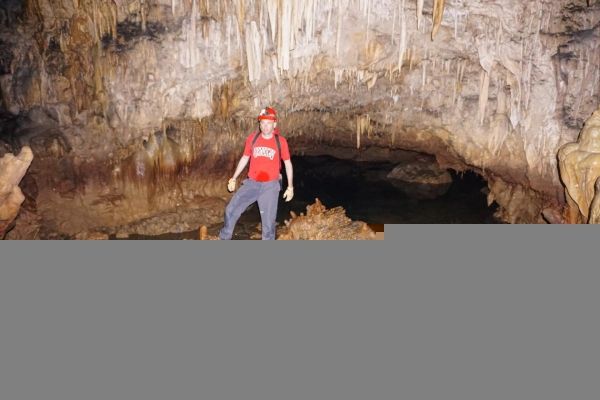Tourists today spend thousands of dollars to explore and enjoy the lush and thriving rainforests of Guatemala.
It’s hard to believe the landscape ever looked any different. But according to new research by UNLV climate scientists, the locations where those jungles exist today likely looked very different less than 9,000 years ago – a blink of an eye by geologic standards.
“We often think of ecosystems as being unchangeable — that a tropical rainforest is there, and has always been there,” said Matthew Lachniet, professor and chair of the geoscience department at UNLV. “But that’s not true. Any ecosystem responds to climate changes.”
In a study published today in the journal Nature Communications, Lachniet and colleagues at Indiana State University, the University of Venice, and other institutions examined the rainfall history of Central America over the last 11,000 years. The results provide context for the development of tropical rainforest ecosystems in the region, and long-sought answers to what has been controlling rainfall in Central America for several millennia.
Read more at University of Nevada, Las Vegas
Image: Matthew Lachniet, professor and chair of the geoscience department at UNLV, completes field work underground in Rey Marcos Cave, Guatemala, which is a subterranean wonder of stalactites, stalagmites, and a disappearing river. (Credit: Amos Winter, Indiana State University)


